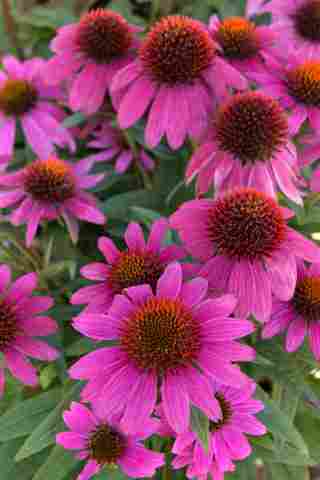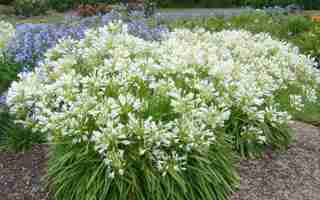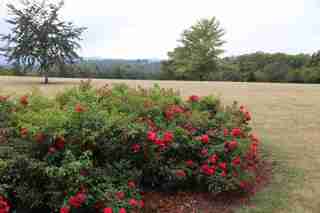Growing plants in an area fully exposed to the hot sun can be challenging unless you choose perennials that simply prefer the heat. “There are plenty of hardy varieties that thrive during the intensity of July and August and into September,” says Kate Karam, editorial director at Monrovia , a national grower of ornamental plants. Once spring gardens fizzle out, low-maintenance perennials planted at the start of summer give a huge burst of color that won’t fade in the relentless heat. Many have adapted to grow in harsh conditions and are drought-tolerant—and we’re not talking about succulents. Whether the climate is hot and dry or hot and rainy, these plants need just minimal attention and care within reason. “Perennials are worth the investment, blooming for many years once they are established,” Karam says. “And they are more predictable than annuals.” Read on for her tips for a happy and relaxing summer—for you and your garden.

Mark the calendar “Plant by the end of June to give the roots enough time to set,” says Karam. “Plants that are not deeply rooted will require regular watering.” These ‘PowWow’ wild berry coneflower bloom from early summer and into fall—even without deadheading—and once established, they need minimal watering. If you’re planning a small garden, consider ‘Rock Candy’ pink penstemon , which are compact enough for container pots.

Get your soil in prime shape Preparing your garden by the end of June with soil that is organic and drains well is key to happy summer perennial plants. Here, ‘Blue Storm’ and ‘Snow Storm’ agapanthus are blooming vibrantly in high-heat conditions during the hottest time of the season.

Water with care Even drought-tolerant plants require regular watering in their first year before becoming established. Create a shallow basin by pulling soil away from the base of the plant. “Let the well fill up with water a couple of times to get to the bottom of the roots,” says Karam. Here’s a time-saving option: Install an inexpensive drip system kit. This ‘Flower Carpet’ scarlet rose is still going strong despite a long drought in 101°F temperatures.
Deadhead and mulch as needed “To keep these plants flowering early in the season and continuing into fall, deadhead two or three times during the summer months,” advises Karam. Mulching keeps roots cool in the heat; apply a thick layer of two inches or more. The sun-loving ‘Lacey Blue’ Russian sage is known for its sturdy, compact form and won’t flop over in the heat.
